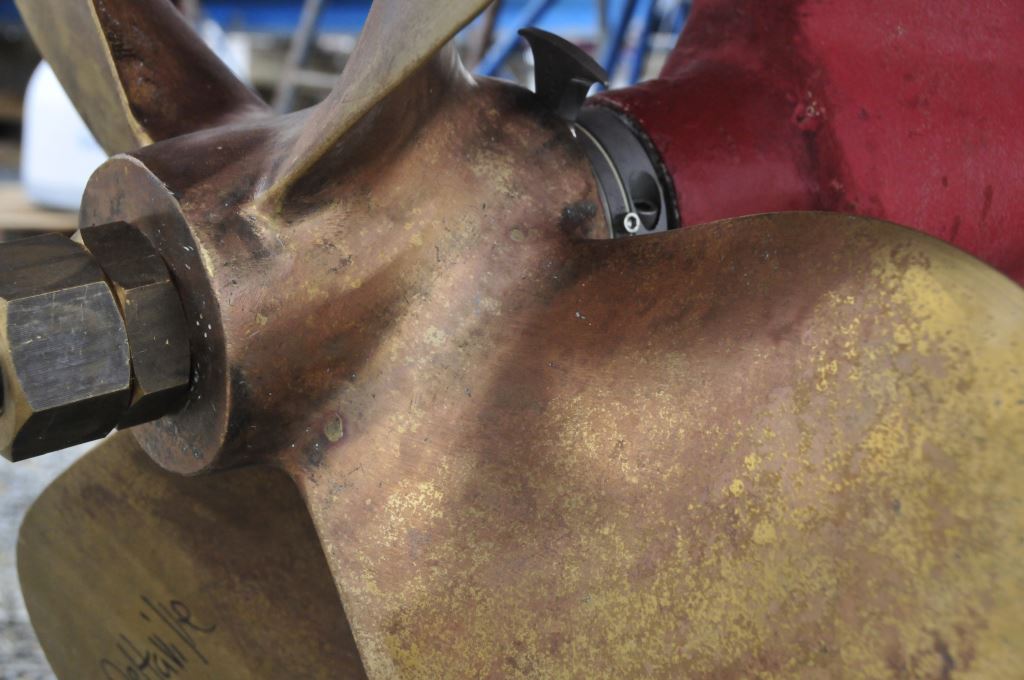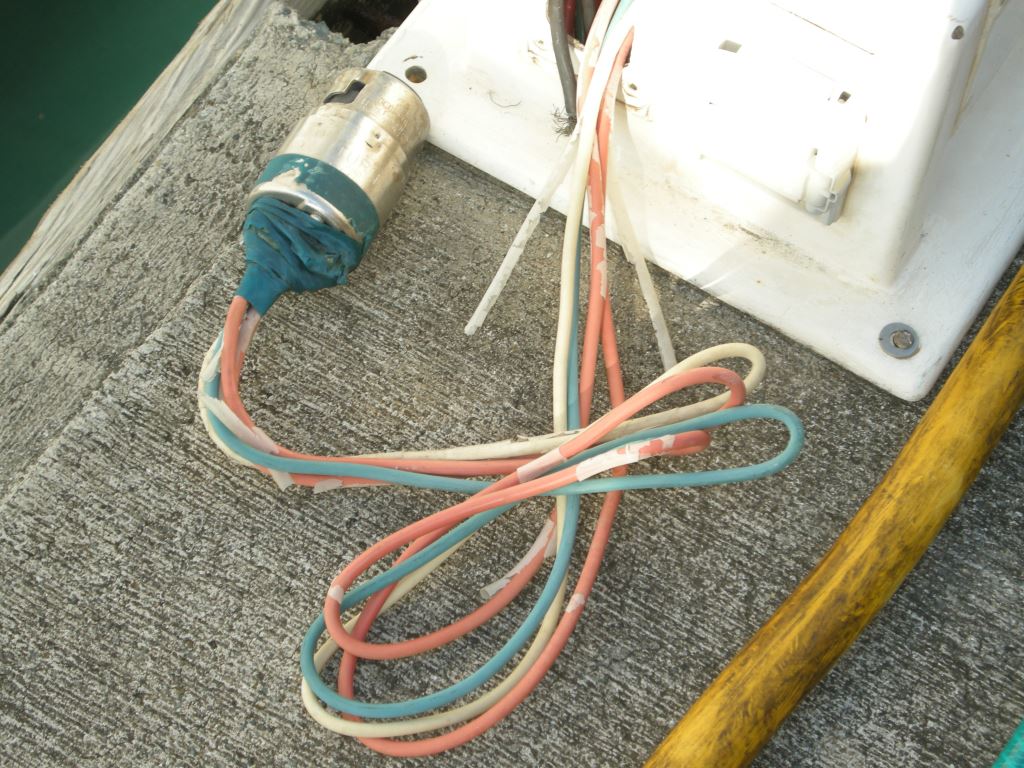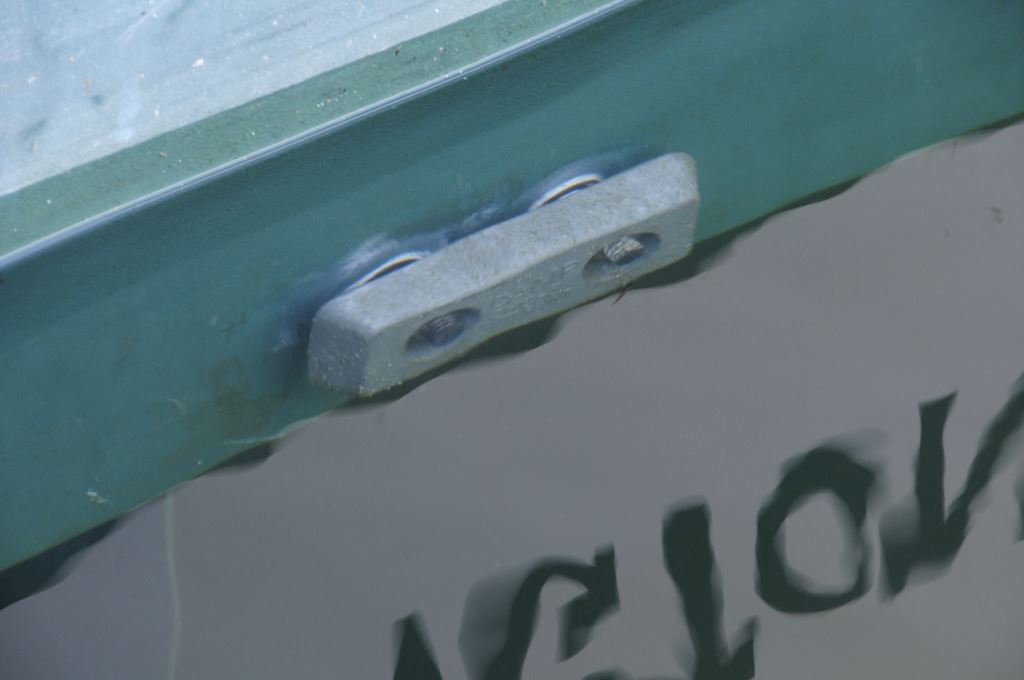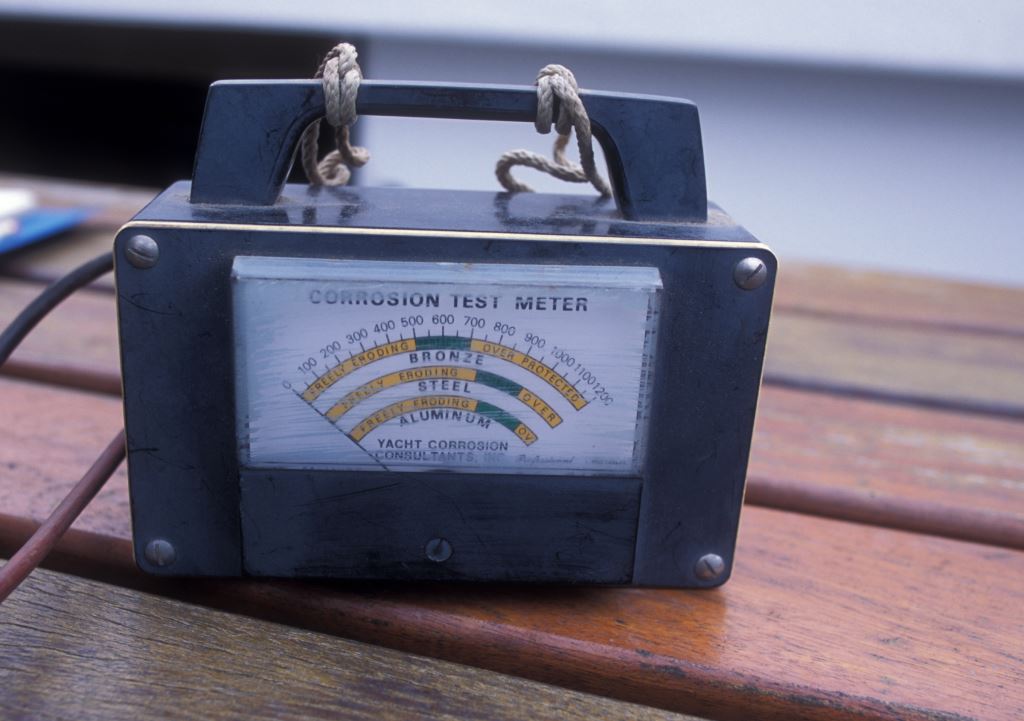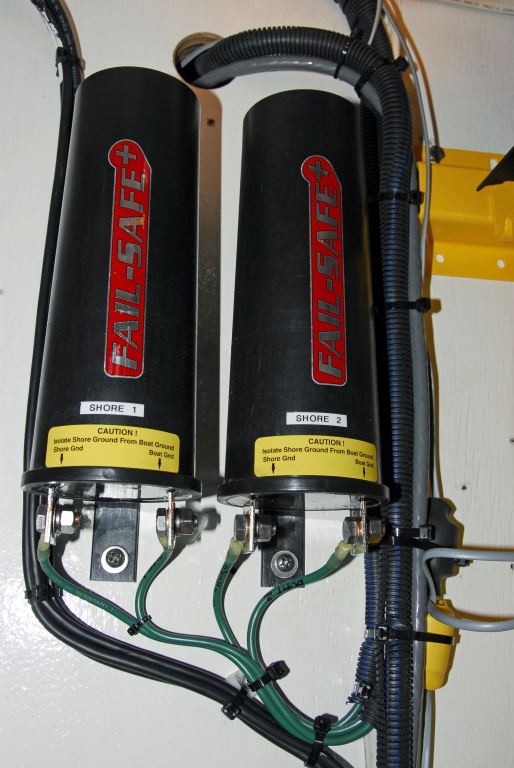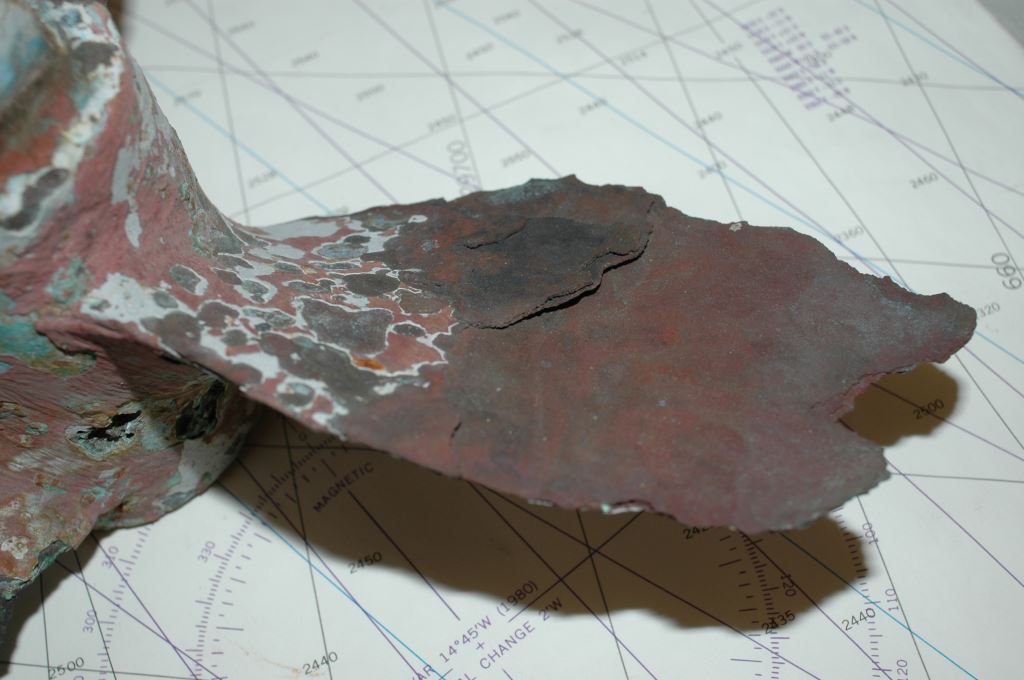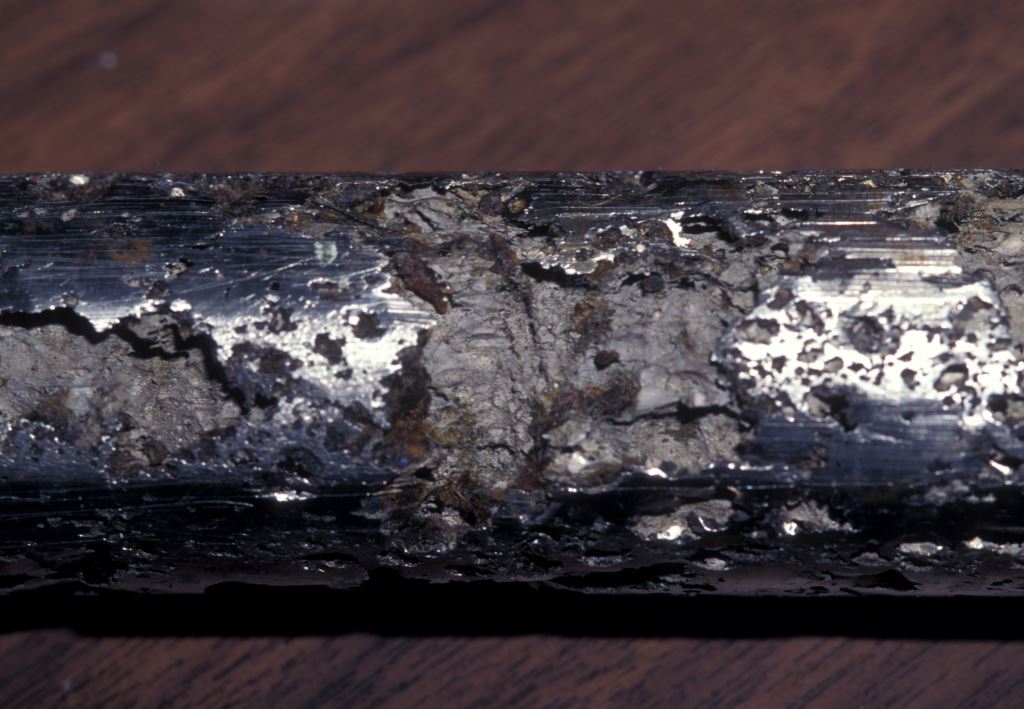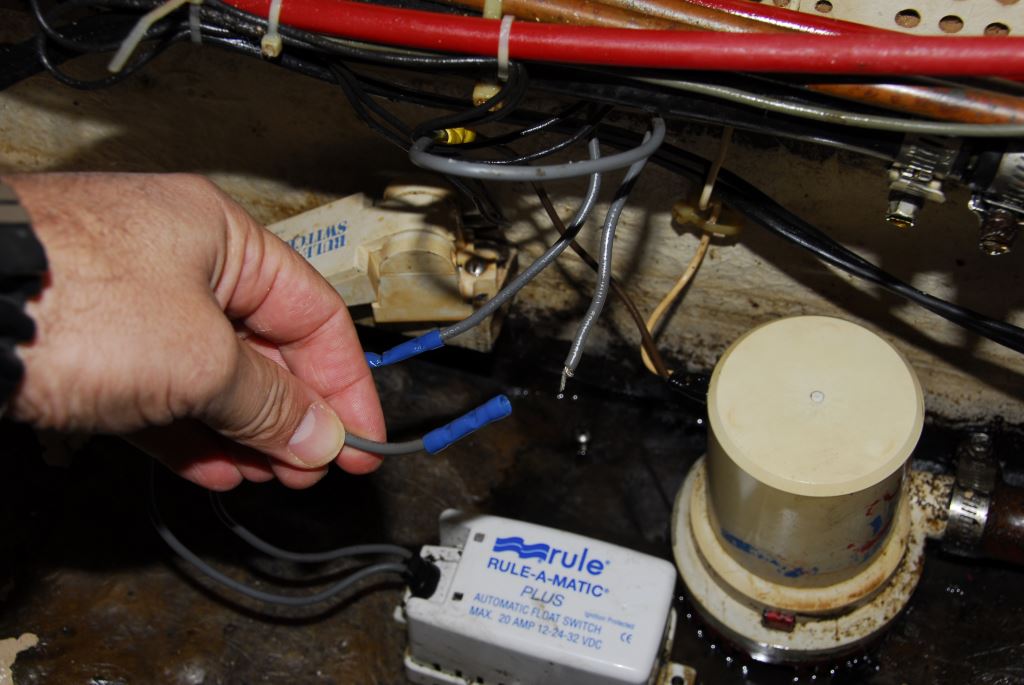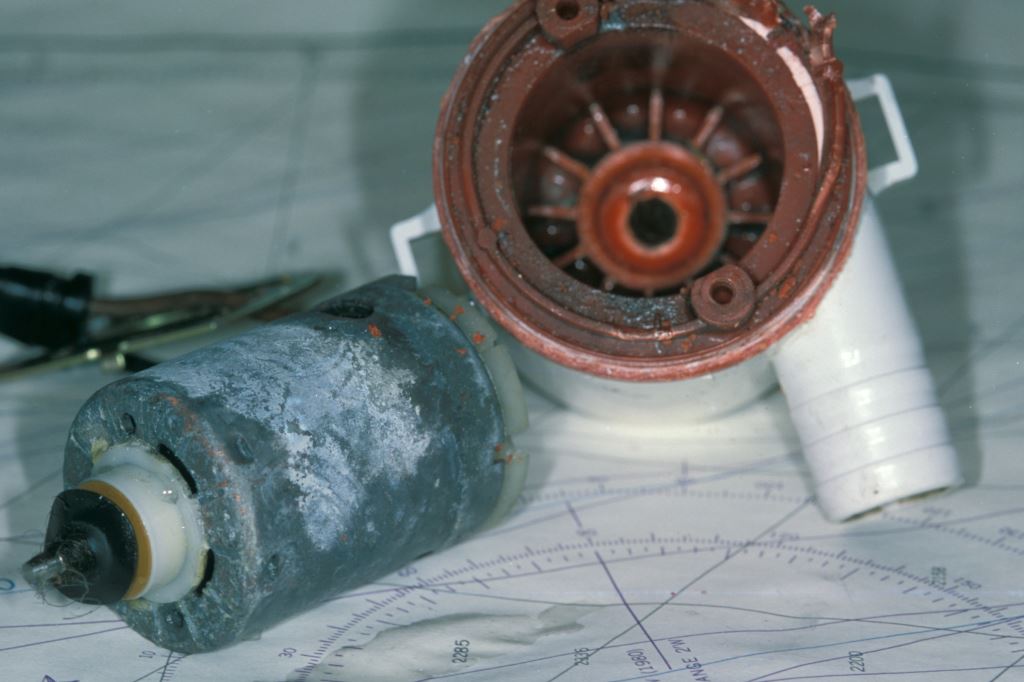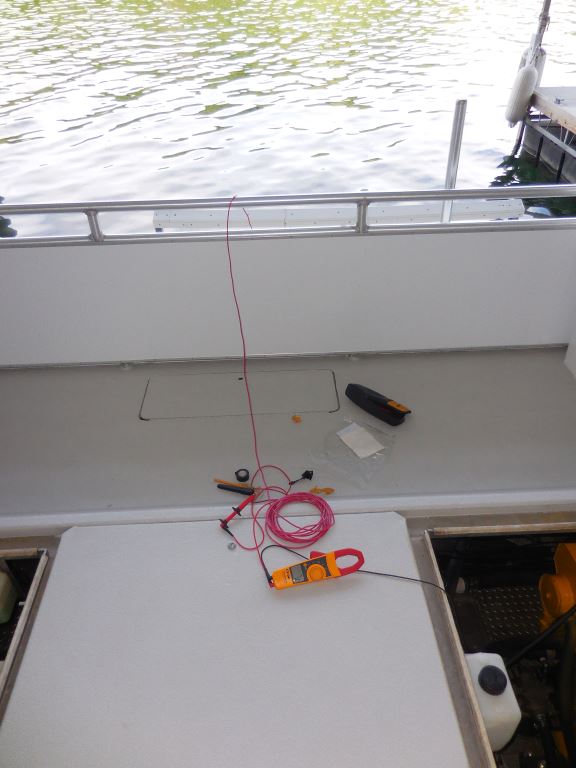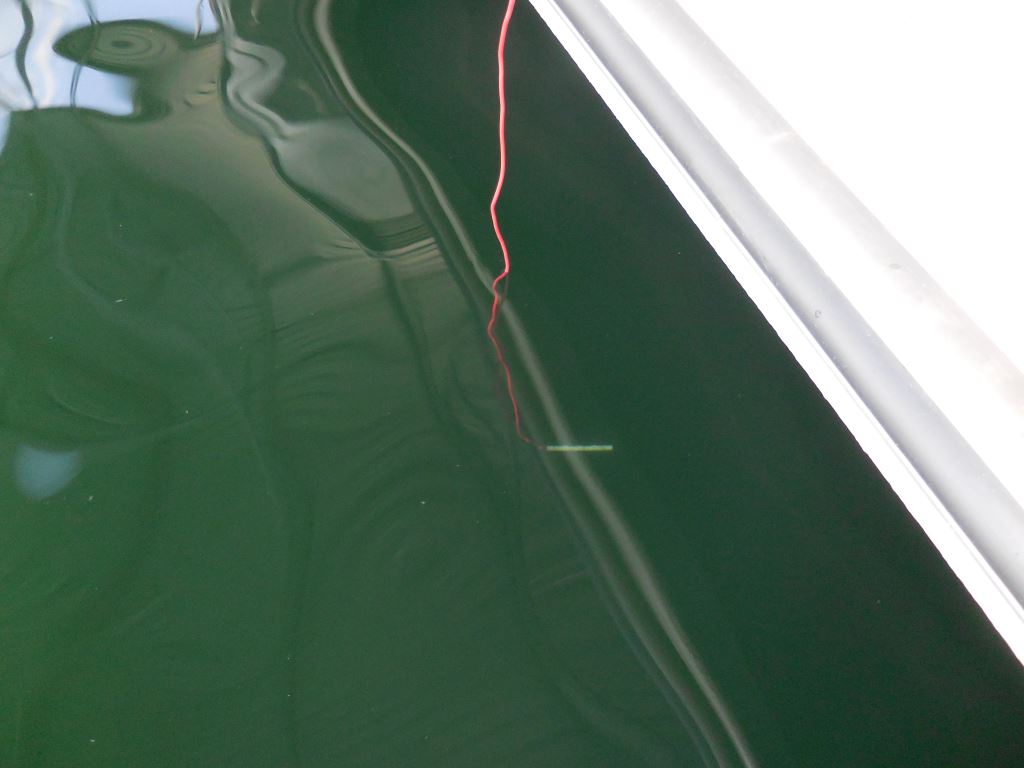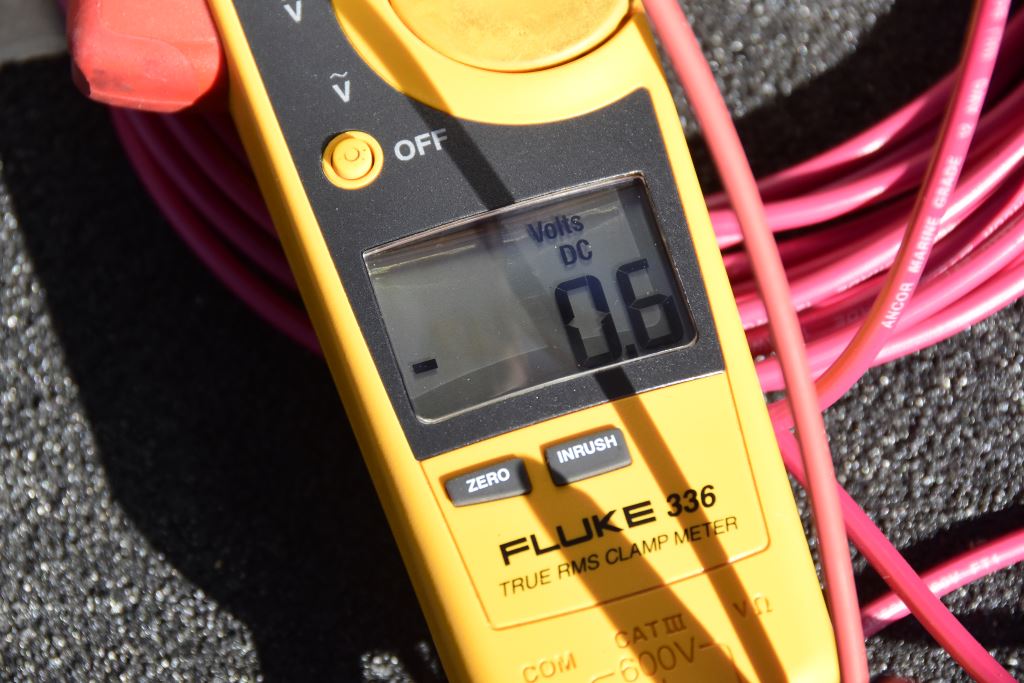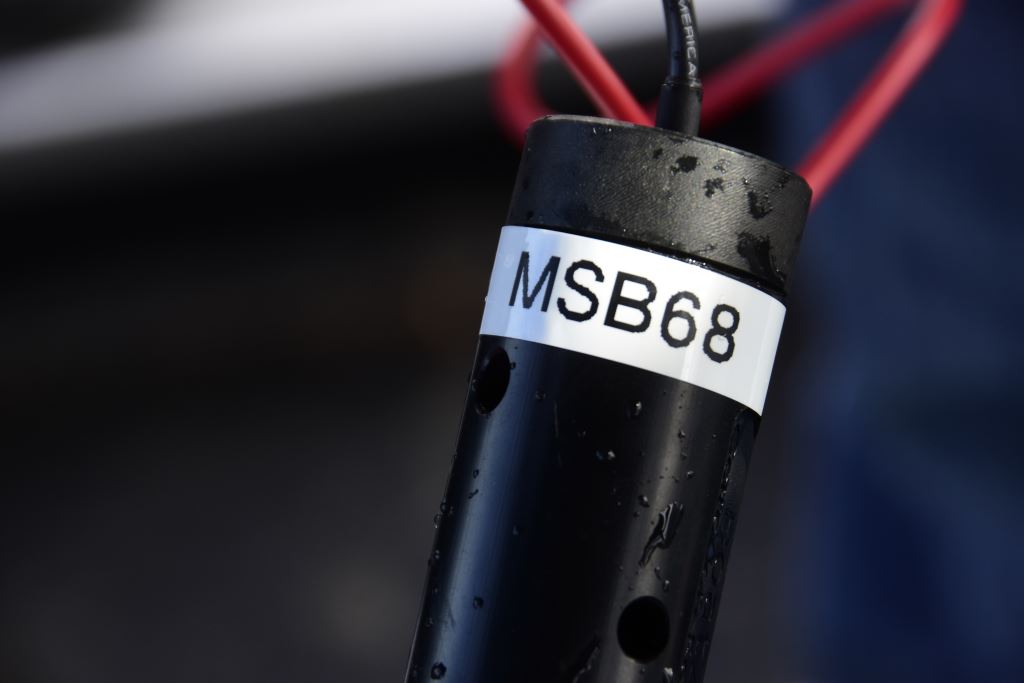From the Masthead
A Blue-Collar Resurgence; In Praise of the Trades
Back in 2017 I wrote an editorial entitled, “The Need for Vocational Training”; I lamented the maniacal emphasis on obtaining a traditional four year university degree, and the decades-long stigmatizations of those who don’t pursue such degrees, and in which I quoted the then president’s cringe-worthy, for many, comment, “We need to be preparing every high school senior for college”. When I heard those words my heart sank, he may as well have said, “If you don’t go to college, you are a failure”. Quite simply, nothing could be further from the truth. I have two children, one went to college, and has since put those academically-derived skills to use, while the other had no interest in formal education after high school, and she has excelled in an especially demanding position; she works with me.
For those who choose to go to college, with a worthy goal, I agree, the more preparation they have the better. However, it’s becoming more and more obvious (it has been to me for a very long time), with skyrocketing tuition costs, and questionable return on investment, college is no longer the financial slam dunk it once was, while the trades offer not only steady, fulfilling work, but a potentially very good living as well.
Last week, the Wall Street Journal published an article by Te-Ping Chen entitled, “How Gen Z is Becoming the Toolbelt Generation”. This time, when I read those words, my heart soared; indeed, college is neither a guarantor nor a prerequisite for success in the marine industry, or other trades. The article’s opening paragraph is a clarion call to those for whom college holds no appeal or promise of success, “Long beset by a labor crunch, the skilled trades are newly appealing to the youngest cohort of American workers, many of whom are choosing to leave the college path. Rising pay and new technologies in fields from welding to machine tooling are giving trade professions a face-lift, helping them shed the image of being dirty, low-end work. Growing skepticism about the return on a college education, the cost of which has soared in recent decades, is adding to their shine.” Amen!
I work with a wide range of individuals in this industry, from diesel mechanics and electricians to surveyors and managers, most of whom lack a four-year academic degree; they are financially comfortable, and I believe fulfilled, few talk about “escaping” the marine industry for other lines of work, many revel what they do. In the marine industry in particular, the opportunities for those without a college degree are virtually limitless, and for those with formal trades training, the path to success is even brighter.
I managed boat yards and a custom boat building shop for 12 years; the vast majority of my staff had no more than a high school education, some had formal trade school training, and many of them were exceptional when it came to skill sets, attention to detail and work ethic. It was not unusual for an employee to enter the yard with no training or experience, where he or she would start at the first rung of the industry ladder, hauling and blocking boats, and bottom painting, and then for those with initiative move to the skilled trades; within four or five years, about the same time it takes to get a degree, many would become capable apprentice mechanics, electricians, painters or carpenters, with commensurate pay. Within ten years they would often be deemed capable professionals, who could successfully complete the most challenging tasks, and were to be considered at the pinnacle of their respective area of expertise.
Few things irritate me more than to hear or see denigration of blue collar professionals, those who work in trades. I began my marine industry career ‘turning a wrench’, as we say in the business, as a mechanic and electrician, roots of which I am very proud. Since that early start back in 1988, I have had many bad days, but never a dull day. Of course, every opportunity and career path is what you make of it, however, the marine industry (and all) trades represent the very high potential for an honorable, interesting, and both an emotionally, and financially, rewarding career.
I am occasionally called upon by parents, or other relatives, to provide guidance and counsel to their children, who are considering the marine industry as an alternate career path to college. I don’t sugar-coat it, among other things I tell them, hanging upside in a bilge wiring a pump on a 90-degree day, isn’t enjoyable. However, with the rise of AI and robotics, you are still very unlikely to have your position replaced by a program or a machine, and depending on your attitude, there’s a high likelihood you’ll actually enjoy your work.
Mike Rowe, of Discovery Channel’s “Dirty Jobs”, has been preaching the ‘value of hands-on work’ gospel for years. He is now rightfully saying just one thing, ‘I told you so’.
A few more relevant passages from the aforementioned article.
“Demand for trade apprenticeships, which let students combine work experience with a course of study often paid for by employers, has boomed lately. In a survey of high school and college-age people by software company Jobber last year, 75% said they would be interested in vocational schools offering paid, on-the-job training.”
“The rise of generative AI is changing the career calculus for some young people. The majority of respondents Jobber surveyed said they thought blue-collar jobs offered better job security than white-collar ones, given the growth of AI.”
“Those in the industry are generally positive about their careers: A survey last year of skilled workers by home services site Thumbtack found that 94% would encourage their own kids or family members to pursue similar occupations.”
“After Covid, it seemed a lot of people realized the trades are a life-sustaining career path,” he says. As other businesses shut down then, more people realized that the skilled trades were reliable, well-paying paths that weren’t going away, he says.”
“A new study by labor analytics firm Burning Glass Institute and Strada Education Foundation shows that roughly half of college graduates end up in jobs where bachelor degrees aren’t needed, and many high-school graduates say they’re disinclined to take on college debt.”
Read the complete article here.
This month’s Marine Systems Excellence e-Magazine feature covers the subject of electrically “Hot Marinas”, I hope you find it both interesting and useful.
Busting the “Hot Marina” Myth
Destructive stray DC electrical current can lurk in a marina’s waters, however, it’s origin is nearly always the vessels moored there, rather than the marina itself.
It’s a refrain I’ve heard on countless occasions, “My zincs were eaten up really quickly when I was in that marina, it’s hot”, or words to the effect.
But can a marina be hot, can it be the source of electrical water-born current that consumes zincs, props, shafts and through hulls? Other than in exceedingly rare cases, the short answer is no.
While defective marina wiring can present an electrocution, electric shock drowning or fire hazard, it is rarely the source of stray current corrosion.
For the most part, and again other than in very rare cases, corrosion of underwater metals, including anodes (these are most often zinc, however, that may also be aluminum or magnesium, more on that subject here), is a DC or direct current phenomenon, of which there are two types. The first and most common is referred to as galvanic, it’s the same principal by which a battery works, and in which different metals are connected together either directly or by a wire, and immersed in an electrolyte, which in this case is sea or fresh water, and in the case of a battery it is sulfuric acid. Doing that will result in some measurable current flow between the more noble (and more corrosion resistant) and less noble (less corrosion resistant) metals, otherwise known as cathode and anode respectively. The corrosion that occurs, of a zinc anode attached to a prop shaft or the vessel’s bonding system, is beneficial, as the anode, in sacrificing itself, protects the other metals.
If not properly cathodically protected, manganese bronze propellers are susceptible to a type of corrosion referred to as dezincification. The telltale pinkish hue is an indication that this prop is suffering from this phenomenon.
However, it can also be harmful, for instance, in the case of a manganese bronze propeller that is connected to an AQ22 stainless alloy shaft; the latter is more noble than the former, and without the benefit of a sacrificial anode, the prop will corrode. Manganese bronze is in fact brass; one of its alloying elements is zinc, which will corrode in a process known as dezincification, more on that here.
Sacrificial anode longevity depends on many factors, including anode material and load, salinity, water movement and temperature. If an anode lasts seemingly forever, it’s likely not doing its job.
Galvanic corrosion can be prevented or minimized using several means. One, install and maintain sacrificial anodes, they should be replaced when no more than 50% depleted. Two, if the vessel is bonded, make certain the bonding wiring and terminations are in good condition, connections must be clean and tight, and imparting no more than one ohm of resistance between any bonded underwater metal and a sacrificial anode. Unlike all other wiring aboard, bonding system wires must be tinned in order to comply with ABYC Standards.
The protection levels shown on this “corrosion meter” (it’s essentially a graduated millivolt meter), identify the ranges of protection for common boat building metals.
What about the “hot marina” issue, and where does that myth originate? This is where the galvanic isolator comes into play. Galvanic isolators are inserted into the vessel’s shore power green safety grounding wire, and their job is simple, block DC, while allowing AC to pass. Remember, DC is the source of galvanic corrosion, so blocking it means that nearby vessels (and steel bulkheads, a common source of anode depletion) are prevented from interacting with your vessel via the green wire in your shore power cord (this wire is connected regardless of whether or not power is turned on), cannot become part of a galvanic corrosion cell with your vessel’s underwater metals and anodes.
Galvanic isolators provide protection from galvanic corrosion that originates on other vessels, and comes aboard via the shore power cord’s green grounding wire. They will do nothing to prevent stray current corrosion.
Every vessel that is equipped with shore power should be equipped with an ABYC-compliant galvanic isolator. I encounter many that either never complied, or do not comply with the latest revision, which occurred in 2013. Alternatively, you could unplug your shore cord, however, few owners are willing to sacrifice battery charging and refrigeration by doing so, or you could install a shore power isolation transformer, which fully separates shore power from your vessel via a phenomenon called inductive decoupling. More on isolation transformers here.
The other type of corrosion, which is also DC-based, derives its destructive power from your vessel’s own battery; it’s referred to as stray current. While galvanic corrosion operates at a snail’s pace, stray current is rabbit-like, it can inflict significant damage in days or even hours in some cases.
Stray current corrosion is extremely destructive and often occurs rapidly, over the course of days or even hours.
In most, but not all, cases the vessel suffering the damage is the source of the problem; and a galvanic isolator would be of no use in any event as the voltage level associated with stray current corrosion will easily exceed a galvanic isolator’s 1.4-volt threshold. The best defense against this scourge is sound, ABYC-compliant wiring, along with a bonding system; leakage of DC current into bilge water is among the most common sources of stray current corrosion.
Faulty bilge pumps and switch wiring are a frequent source of stray current corrosion.
Finally, rather than guess as to whether your vessel is adequately protected from galvanic corrosion, or is being exposed to stray current corrosion, you can take matters into your own hands using a reference electrode. With it, a multimeter and a little education, you can carry out your own testing in a matter of minutes.
Reference cells are used to accurately test the protection level being provided by anodes. Without a reference cell test, corrosion analysis is simply speculation.
The reference electrode is connected to one lead of your digital multimeter. The other lead is connected to the vessel’s bonding system, or an individual underwater metal such as a shaft, rudder stock or through hull.
A silver silver-chloride reference cell, which is used for corrosion analysis.
The resulting readings will tell most, if not the whole, corrosion story for your vessel. In this column I cover, in detail, reference cell testing procedures. For more on galvanic and stray current, see this article.

